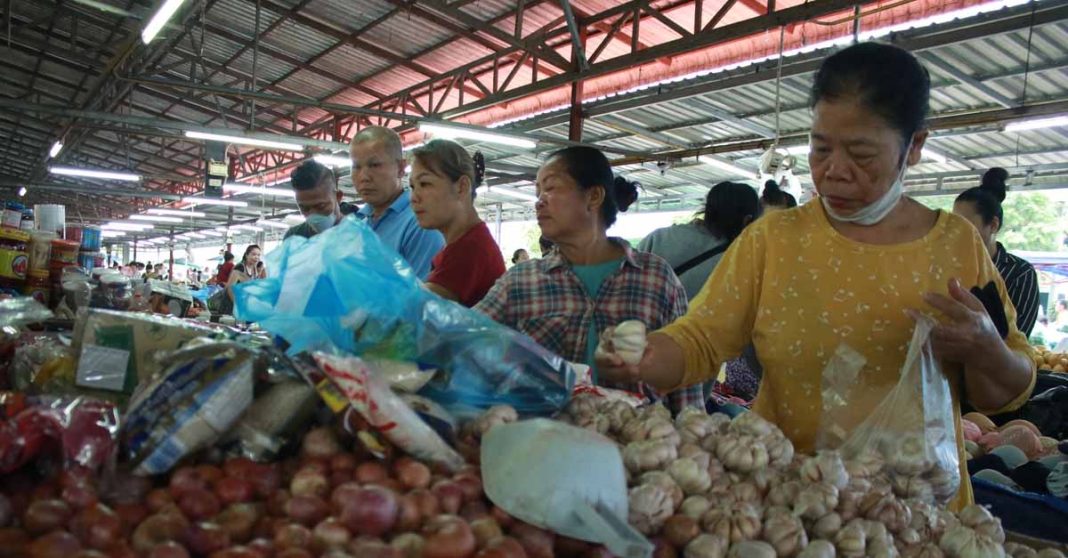Lao families are struggling to cope with increasing financial pressures as living costs continue to rise due to the depreciation of the local currency, along with soaring inflation.
Depreciation of the Lao kip remains a primary factor in raking up inflation rates and increasing the prices of goods and services, especially since one-third of the goods used to calculate price hikes are imported.
A survey conducted by the World Bank showed that more than three-quarters of affected families in the country reduced food consumption or switched to cheaper foods, while over half of them also cut back on their spending on health and education.
According to the report, Laos’ GDP grew by 2.7% in 2022, thanks to an upturn in tourism and other services. However, the cost of essentials such as food and non-alcoholic beverages also went up by 37.8% annually.
Many of those affected by the economic downturn include low to middle-income families, including retail vendors who are finding it difficult to cope with the rising prices of products.
“My living expenses have gone through the roof. Even something as basic as cooking oil has doubled in price,” says Ms. Sone, a local shopkeeper in Vientiane Capital’s Chanthabouly district.
“At my shop, I want to sell products made locally, but it’s just too expensive,” she continued. “I have the choice between buying imported goods and selling them for a profit margin of LAK 1-2,000 (USD 0.1), or risk selling Lao products for a higher price, as they are more expensive to purchase.”
She explains that vendors at local fresh markets also face the same issue, however, they have greater pressure with debt obligations that must be paid immediately.
“I frequently borrow money to buy the products I sell at my shop. As I have to rent a booth at the market, which is charged at around LAK 15,000 a day, I end up accumulating even more debt to cover the rent,” a vendor at a local market in Thong Khan Kham told the Laotian Times.
Meanwhile, high debt obligations, along with skyrocketing living costs, mean that poor households barely make enough to live day-to-day, let alone invest in health and education.
Sone, the shopkeeper, says the costs of basic items required for children to attend school have risen dramatically.
“When my eldest son was in high school, everything was much more affordable. But now I’m having trouble paying for school uniforms, books, and equipment. I hope I can continue sending my youngest to school with everything he needs,” she says while adding that she hopes that her children are able to find work abroad and earn more money.
“My eldest has learned Chinese, so hopefully he will get some work abroad,” says Sone.
Like Sone’s son, many people in Laos are now taking any opportunity to move abroad for work, as they look forward to the prospect of earning higher wages and a chance at a better life.



